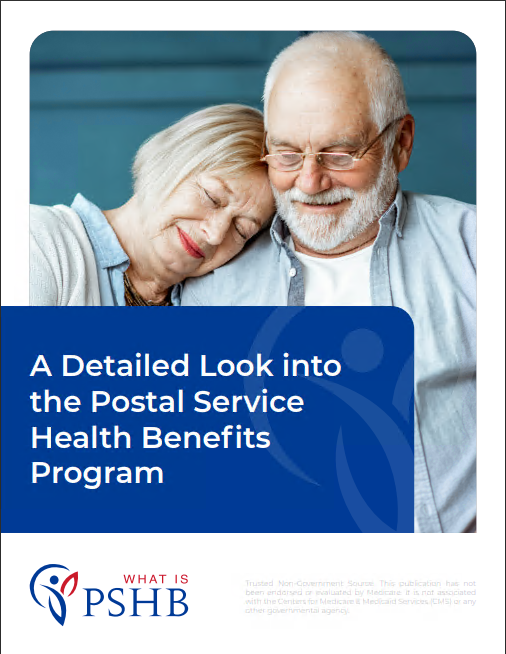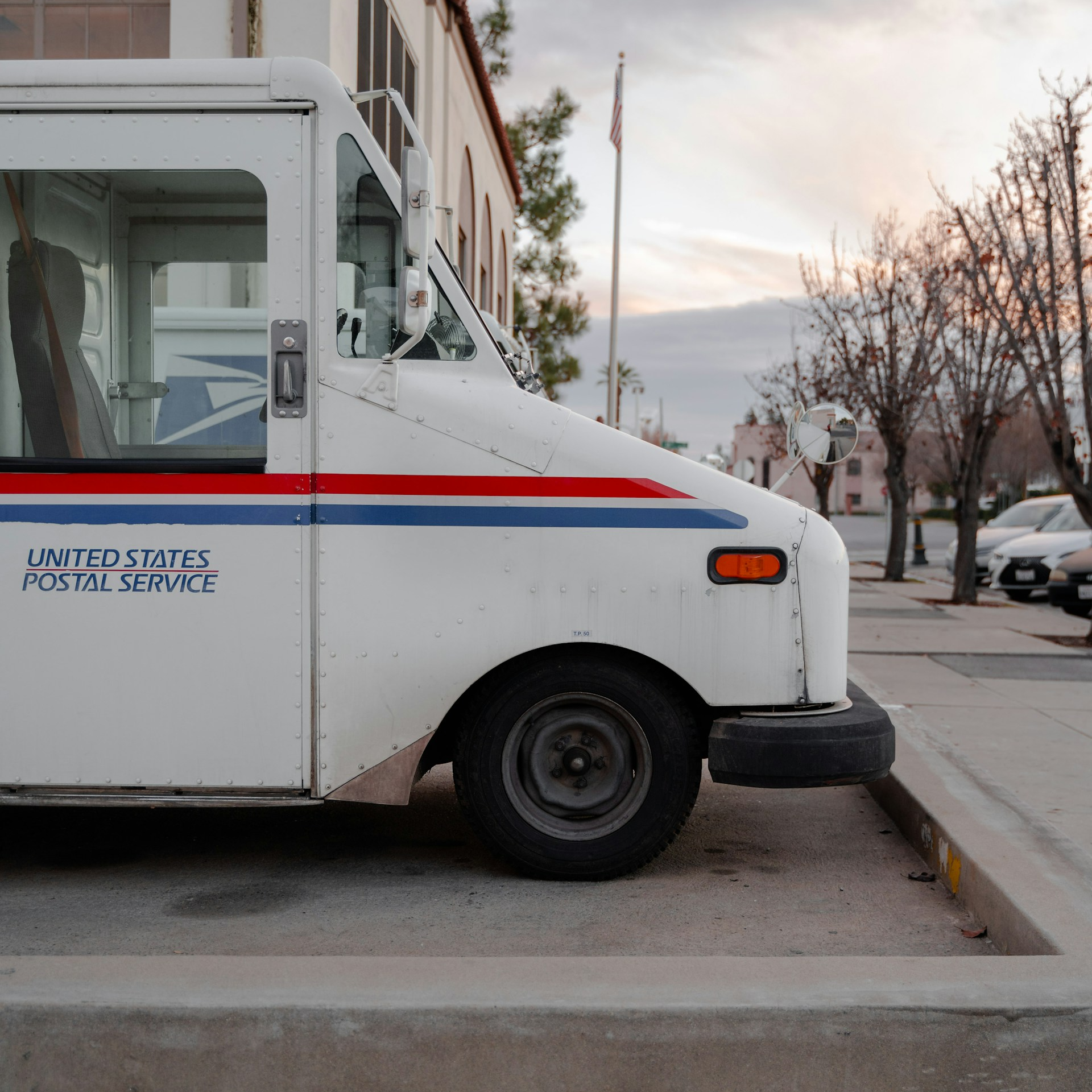Key Takeaways
- Postal workers should carefully consider their unique healthcare needs when choosing a PSHB plan, balancing cost and coverage to ensure comprehensive care.
- Understanding plan options and utilizing available resources can significantly ease the decision-making process for selecting the most suitable PSHB plan.
Choosing the Right PSHB Plan: Tips for Postal Workers to Make the Best Decision
As a postal worker, selecting the right Postal Service Health Benefits (PSHB) plan is a crucial decision that can significantly impact your healthcare and financial well-being. With various options available, it’s essential to understand the factors that should guide your choice. This article offers practical tips and insights to help you navigate this complex decision-making process.
Assess Your Healthcare Needs
The first step in choosing the right PSHB plan is to assess your healthcare needs. This involves considering your current health status, any ongoing medical conditions, and your anticipated healthcare requirements. For instance, if you or a family member has a chronic condition that requires frequent medical attention, you may want a plan that offers comprehensive coverage for specialist visits, prescription drugs, and other related services.
Additionally, consider your lifestyle and the likelihood of needing emergency care or hospital visits. A plan with a higher premium but lower out-of-pocket costs might be beneficial if you anticipate regular medical expenses. Conversely, if you are generally healthy and don’t expect significant medical needs, a plan with lower premiums and higher deductibles might be more cost-effective.
Compare Plan Types and Coverage Options
Once you’ve assessed your healthcare needs, the next step is to compare the different types of PSHB plans available. Generally, PSHB plans fall into several categories:
-
Health Maintenance Organization (HMO): These plans typically require you to select a primary care physician (PCP) and get referrals for specialist care. HMOs often have lower premiums but require you to use a network of doctors and hospitals.
-
Preferred Provider Organization (PPO): PPOs offer more flexibility in choosing healthcare providers and do not require referrals for specialists. However, they often come with higher premiums and out-of-pocket costs.
-
High Deductible Health Plan (HDHP): These plans have lower premiums but higher deductibles. They are often paired with Health Savings Accounts (HSAs) that allow you to save money tax-free for medical expenses.
-
Fee-for-Service (FFS): These plans offer the most flexibility in choosing healthcare providers but often come with higher costs. They might be suitable for those who require specialized care or want the freedom to see any doctor.
When comparing these options, consider factors such as network availability, out-of-pocket costs, coverage for prescription drugs, and whether the plan covers services that are important to you, such as mental health care or maternity services.
Understand the Costs Involved
Understanding the costs associated with each PSHB plan is critical to making an informed decision. These costs typically include premiums, deductibles, copayments, and coinsurance. Here’s a breakdown of what each term means:
- Premium: The amount you pay monthly for your health insurance. This cost is generally deducted from your paycheck.
- Deductible: The amount you pay out-of-pocket before your insurance starts covering your healthcare expenses.
- Copayment (Copay): A fixed amount you pay for a covered healthcare service, typically at the time of service.
- Coinsurance: The percentage of costs you pay for a covered service after you’ve met your deductible.
It’s important to consider not just the premium but also how much you’ll pay out-of-pocket when you need care. A plan with a lower premium may seem appealing, but if it has a high deductible and high copayments, it could end up costing you more in the long run if you require frequent medical care.
Evaluate Prescription Drug Coverage
Prescription drug coverage is another critical factor to consider when choosing a PSHB plan, especially if you or a family member requires regular medication. Plans vary widely in how they cover prescription drugs, including which medications are covered (the formulary), how much you’ll pay for them, and whether there are restrictions such as prior authorization.
To evaluate a plan’s prescription drug coverage:
-
Check the Formulary: Ensure that the medications you take regularly are included in the plan’s formulary. If a drug you need is not covered, you’ll have to pay the full cost out-of-pocket.
-
Consider the Cost: Look at the copayments or coinsurance required for your medications. Some plans may offer lower out-of-pocket costs for generic drugs but higher costs for brand-name or specialty medications.
-
Review the Pharmacy Network: Some plans require you to use specific pharmacies to get the best prices on medications. Check if your preferred pharmacy is in the plan’s network.
Consider Additional Benefits
In addition to basic medical coverage, many PSHB plans offer additional benefits that can be valuable depending on your needs. These may include:
- Vision and Dental Coverage: Some plans offer coverage for routine vision and dental care, which can be especially beneficial if you or a family member requires these services regularly.
- Telehealth Services: With the rise of telemedicine, many plans now include virtual doctor visits, which can be convenient for minor health issues or consultations.
- Wellness Programs: Many PSHB plans offer wellness programs that include health coaching, gym memberships, and discounts on wellness products. These programs can help you maintain a healthy lifestyle and potentially reduce your overall healthcare costs.
When evaluating a plan, consider whether these additional benefits align with your needs and whether they justify any additional costs.
Utilize Available Resources
Navigating the various PSHB plan options can be overwhelming, but there are several resources available to help you make the best decision:
-
Plan Comparison Tools: Many websites offer plan comparison tools that allow you to compare different PSHB plans side by side. These tools can help you see how different plans stack up in terms of cost, coverage, and additional benefits.
-
Licensed Insurance Agents: Consulting with a licensed insurance agent can provide you with personalized advice based on your specific needs and circumstances. They can help clarify the differences between plans and answer any questions you may have.
-
Postal Service Resources: The USPS provides resources for its employees to help them understand their health benefits. These resources may include informational brochures, webinars, and online tools.
-
Colleagues’ Experiences: Talking to colleagues who have already chosen a PSHB plan can provide valuable insights. They may be able to share their experiences with different plans and help you identify potential pros and cons.
Plan for Life Changes
When choosing a PSHB plan, it’s important to consider any upcoming life changes that might affect your healthcare needs. For example:
- Retirement: If you’re nearing retirement, you might want to choose a plan that provides robust coverage for chronic conditions or long-term care.
- Family Changes: If you’re planning to start a family or have children who are nearing adulthood, consider how your plan will cover maternity care, pediatric care, or young adult dependents.
- Relocation: If you plan to move, ensure that your chosen plan has a network of providers in your new location. Some plans may have regional restrictions that limit your access to care if you move out of the coverage area.
Anticipating these changes and selecting a plan that can adapt to your evolving needs can save you from having to switch plans frequently, which can be disruptive and costly.
Stay Informed and Review Annually
Healthcare needs and PSHB plan offerings can change from year to year, so it’s important to review your plan annually during the open enrollment period. During this time, you can:
- Review Changes to Your Plan: Plans may change their premiums, deductibles, copayments, and coverage options each year. Make sure to review these changes to ensure your plan still meets your needs.
- Compare New Plans: New plans may be introduced that offer better coverage or lower costs than your current plan. Take the time to compare all available options.
- Update Your Coverage: If your healthcare needs have changed, you may need to switch to a plan that better aligns with your current situation.
By staying informed and regularly reviewing your plan, you can ensure that you always have the best coverage for your needs.
Choose Wisely for Your Health and Future
Choosing the right PSHB plan is a significant decision that requires careful consideration of your healthcare needs, financial situation, and future plans. By taking the time to assess your options, understand the costs involved, and utilize available resources, you can make an informed choice that will provide you with the coverage and peace of mind you need.
Remember, your health is your most valuable asset, and choosing the right PSHB plan is an investment in your well-being. Whether you’re just starting your career with the Postal Service or nearing retirement, the right plan can help you manage your healthcare costs and ensure you have access to the care you need, when you need it.
Contact Information:
Email: [email protected]
Phone: 5025559012












